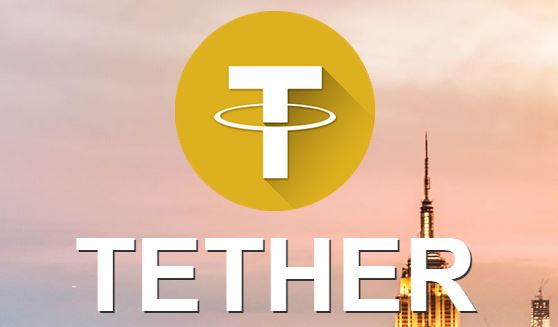Stablecoins to Rule Them All
Trading cryptocurrencies can be a wild ride, and it is definitely not for the faint-hearted. There is no regulation, no protection, and no safety net, but for many, this is the appeal. However, what if there was a coin that had the best of both worlds: some stability and regulation but all of the technical advantages of the blockchain network?
The concept of a stablecoin is one that has real world value in either fiat or solid assets. The newest altcoin to the crypto scene to attempt this is Tether, which is pegged to the US dollar. The notion is that Tether could be used as a proxy for fiat on crypto exchanges. Unfortunately for the developers, it was compromised recently, leading to the loss of $30 million from a “malicious action by an external attacker.”
Stability Benefits
State-issued virtual coins pegged to their national currency would be one way to curb the rampaging volatility that crypto markets suffer, according to a Forbes report. The idea is that they would restore market confidence and bring more users into the ecosystem that would otherwise be fearful of these huge price fluctuations and unpredictability. It would appeal to governments more so as they can monitor transactions and curtail tax evasion and money laundering activities.
This largely goes against the ethos and appeal of cryptocurrency, which is decentralized and beyond the control of governments, central banks, and regulators. The fears are that the social costs of large-scale anonymous financial crimes would be too high and eliminating central banks could result in an economic global meltdown.
The Race Is On
State-issued cryptocurrencies could bridge the gap between bank-controlled fiat and fully anonymous digital assets and trading. Some countries are already on the way in creating and launching their own national virtual currencies. Russia is planning to launch its own CryptoRuble, and Sweden’s central bank is proposing the e-Krona. Likewise, China is working hard on creating its own national cryptocurrency in an effort to keep capital from leaving the country, and Kyrgyzstan is planning to launch a coin based on gold.
Singapore, which is also seeking its own digital currency, announced the launch of Project Ubin last year, a payment system prototype running on the Ethereum platform. It is aimed at enabling local inter-bank transactions using a tokenized Singaporean dollar, while South Korea and Japan have recently trialed systems running on Ripple’s XRP token, which is somewhere in-between.
Nations that are successful with their own stablecoin would be able to use the system in tandem with their existing financial institutions and other cryptocurrencies, without having to enforce harsh regulations and asphyxiate the innovation that the blockchain has brought to the table this year.
Will stablecoins ever take off or are they a threat to decentralization? Give us your opinions in the comments below.
Images courtesy of Bitcoinist archives and Wikimedia Commons.
The post Stablecoins to Rule Them All appeared first on Bitcoinist.com.

